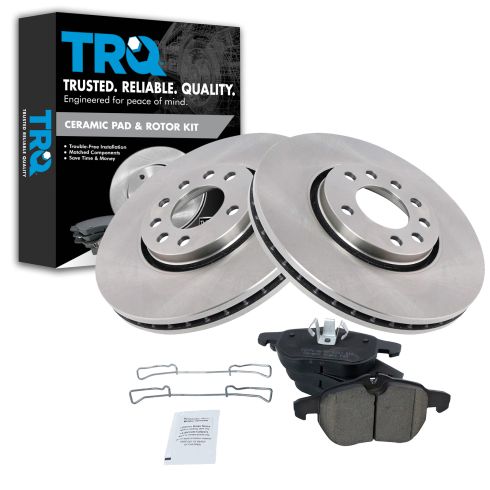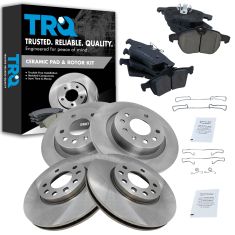1ABFS00737-Saab 9-3 9-3X Front Ceramic Brake Pad & Rotor Kit TRQ BKA10804

Replaces
2004 Saab 9-3 with 11.9 in. (302mm) Diameter Front Rotors Front Ceramic Brake Pad & Rotor Kit TRQ BKA10804

Product Reviews
Loading reviews
5.00/ 5.0
6
6 reviews
Great product
June 20, 2017
Perfect combination of pads and rotors. Fit my 2007 Saab 9-3 2.0T perfectly.
September 15, 2018
great product and great customer service. i get all my auto parts here and will continue to. reliable and best price around
July 19, 2021
Ordering from 1aauto was very easy, this was my second time ordering from them. Shipment came on time and the quality of products was very good.
perfect fit
June 5, 2023
best price for a quality product
Great
August 9, 2023
The product fit perfectly and the instructional video was very helpful
Saab 93 front brakes are awesome
October 4, 2023
I'll have to say that I'm very satisfied with the front brakes . Thank u for the deal !
Customer Q&A
No questions have been asked about this item.
Saab is a registered trademark of Saab Automobile AB. 1A Auto is not affiliated with or sponsored by Saab or Saab Automobile AB.
See all trademarks.











